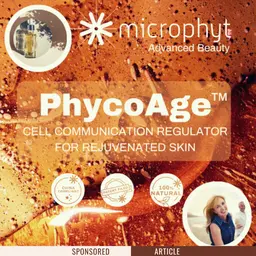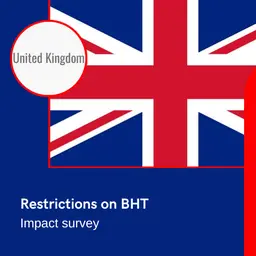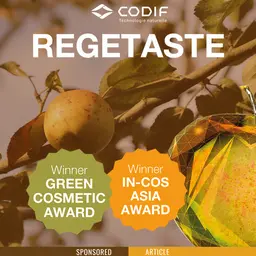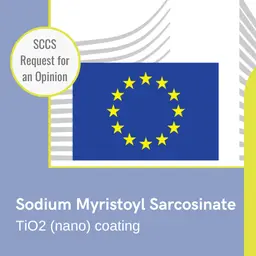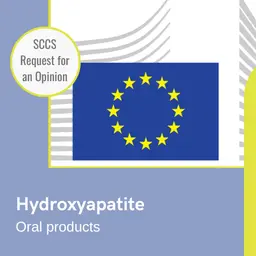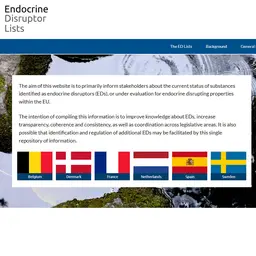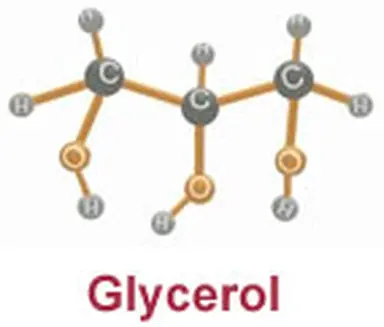
No moisturizer without it. No cream care, no body lotion, no facial mask, soap or toothpaste without it. It is also found in shower gels, in shampoos, in make-up removers, serums, eye contours … By the way, what is this Glycerol (INCI name: Glycerin) so ubiquitous in our cosmetics?
Glycerol, also known as glycerin, is a polyol (it is a sweetener). It is also known as propane-1,2,3-triol, 1,2,3-propanetriol, 1,2,3-trihydroxypropane, glyceritol ou glycyl alcohol.
Chemists call it a tri-alcohol, its formula bieng CH2OH-CHOH-CH2OH . It is naturally present in our body. The glycerol backbone is central to all lipids known as triglycerides and phospholipids. Its molecule comprises a chain of three atoms of carbon, each one being able to link to a fatty acid, then producing mono-, di- or triglycerides.
Glycerol is sweet-tasting and is a colorless, odorless, viscous and syrupy liquid.
Synthetic, animal or natural origin?
It is produced through several processes.
At the very beginning, it is a by-product from the saponification of fatty products (animal or vegetable) to produce soaps, a very basic chemical reaction: fatty products+caustic soda=soap+glycerol.
It may also be produced by the transesterification of vegetable oils (coconut, palm-kernel, olive, rape, palm leaves …) or animal oils.
Nowadays, it is often synthesized by the petrochemical industry.
Glycerol is also produced by the fermentation of grape, which leads to wine.
Keep in mind that the word “Glycerin” (its name after the official list of cosmetics ingredients) in the formula is in no way a means to …

